
views
Some bad news for the vehicle owners already affected by the accelerating fuel price increase. From June 1, 2022, onwards, the motor third-party liability insurance premium has been jacked up by the central government despite the portfolio being hugely profitable for the insurers. The central government has also withdrawn the 15 percent discount on the base premium for electric vehicles (EV) perhaps due to EVs going up in flames in recent times or without any basic claims experience data. Curiously, the three-year third party premium for new cars and the five-year two-wheeler premium-paid upfront at the time of buying the vehicle is higher than the one-year renewal policy. The insurers will also earn an investment income on the premium paid and the benefit has not been passed on to the insuring public.
The hiked premium rates per year for more than three-year-old cars and five-year-old two wheelers are:
Private Cars
*Not exceeding 1,000cc – Rs 2,094
*Exceeding 1,000cc but not exceeding 1,500cc – Rs 3,416
*Exceeding 1,500cc – Rs 7,897
Two-Wheelers
*Not exceeding 75cc – Rs 538
*Exceeding 75cc but not exceeding 150cc – Rs 714
*Exceeding 150cc but not exceeding 350cc – Rs 1,366
*Exceeding 350cc – Rs 2,804
New Private Car – Three-year single premium
*Not exceeding 1000cc – Rs 6,521
*Exceeding 1000cc but not exceeding 1500cc – Rs 10,640
*Exceeding 1500cc Rs – 24,596
New Two-Wheeler – Five-year single premium
*Not exceeding 75cc Rs 2,901
*Exceeding 75cc but not exceeding 150cc – Rs 3,851
*Exceeding 150cc but not exceeding 350cc – Rs 7,365
*Exceeding 350cc – Rs 15,117
In the case of electric vehicles (EV), the premium rates are 15 percent lower than the above.
The government also announced a 7.5 percent discount on premiums in the case of hybrid electric vehicles.
Industry officials told IANS that they are baffled at the premium discount on EVs as it has no database to support the same. They also said a discount on the own damage or vehicle damage portion of the premium (determined by the insurers) has some logic.
Vehicle insurance policies have two parts — own damage (insurance for the vehicle against damage, theft) and third-party liability (liability for third parties). The third party insurance cover is mandatory whereas the insurance cover for vehicle damage is not mandatory and the rates are administered.
The premium amount charged factors aspects like – expenses, claims outgo, and profit.
“On what basis the discount on electric vehicles has been arrived at is not known. What is good for the goose should be good for the gander. If an electric vehicle is eligible for a premium discount then, other vehicles should also be eligible,” industry officials had told IANS earlier preferring anonymity.
At a time when Indian non-life insurers are raking in crores of rupees as premiums and paying far less as claims under the motor third party liability policies, the government has proposed a premium hike for 2022-23.
“There is very little justification for the hike. The provisions made against the claims are increasing, but not the actual claims payout. The formula-based premium increase needs to be relooked,” K.K. Srinivasan, a former member (non-life) of the Insurance Regulatory and Development Authority of India (IRDAI), had told IANS earlier.
Contrary to the claims made by the general insurers that they are incurring huge losses under the motor portfolio, the actual numbers as per the Insurance Information Bureau of India (IIB) and studies by industry lobby body General Insurance Council show the contrary.
As per the Indian Non-Life Industry Year Book, 2020-21 published by the General Insurance Council, the total premium earned under the motor insurance was Rs 67,389 crore by the industry. The industry invests the sum and earns income on this as well.
The total claims paid during 2020-21 was Rs 28,726 crore – towards vehicle damage Rs 17,834 crore, towards third party liability Rs 10,892 crore – netting the industry a whopping surplus of Rs 30,854 crore.
The total number of third-party claims settled during the year was 257,165.
The average settlement per claim was Rs 4,23,541.
During 2019-20, as per the data published by the General Insurance Council, the total motor insurance premium earned by the industry was Rs 68,951 crore — vehicle damage Rs 26,524 crore, third party liability Rs 42,427 crore.
The total claims paid for 2019-20 was Rs 38,071 crore — towards damage to vehicles at Rs 20,552 crore and third party liability at Rs 17,519 crore.
The gross surplus was a whopping Rs 30,880 crore.
The total number of third-party claims settled during 2019-20 was 403,283 with an average payout of Rs 4,34,409.
In its annual report on motor insurance for 2018-19 fiscal, the IIB said a sum of Rs 35,519 crore of motor claims — towards vehicle damage Rs 18,262 crore and third party liability Rs 14,257 crore — were settled during 2018-19, while the gross underwritten premium was Rs 64,522.35 crore.
According to the report, the average settlement amount for death claims during the 2018-19 fiscal was Rs 901,207 while for injury claims it was Rs 251,094. The blended average works to Rs 5,76,150 per claim.
From the numbers above, one can note the decreasing average per claim amount from 2018-19 to 2020-21.
The industry players also claim that a large number of vehicles run on the roads without third-party insurance.
However, they do not have any answer when asked how that impacts them as they pay claims only on those policies issued by them and it is for the police to penalise the violators.
According to the Central government, the paid claims data has been considered for the construction of cumulative paid claims triangles for each homogenous subclass with Accident Year (AY) as origin year and Financial Year (FY) as development year.
In order to arrive at the premium rates, the ultimate claims cost of the respective segments for each accident year has been estimated using the actuarial technique of the Basic Chain Ladder Method.
Read all the Latest Auto News here













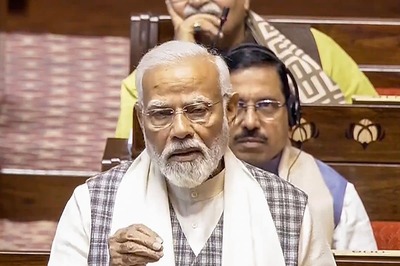
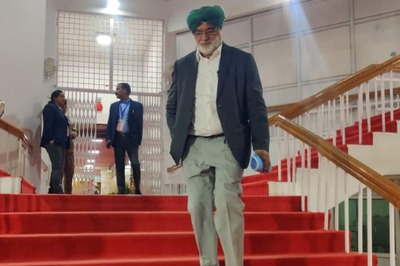

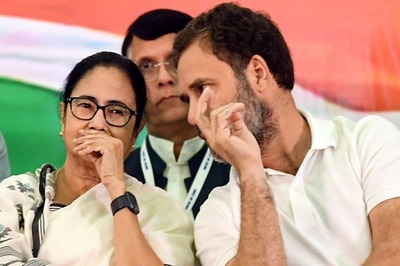
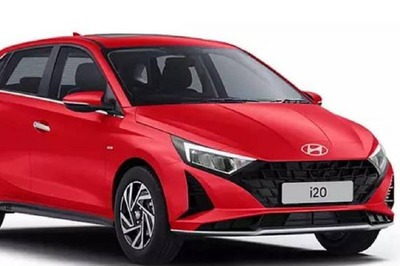

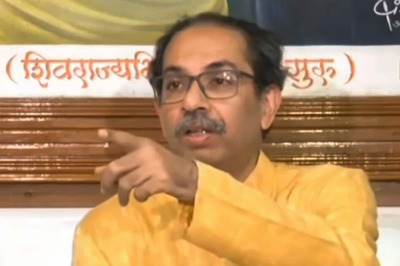
Comments
0 comment